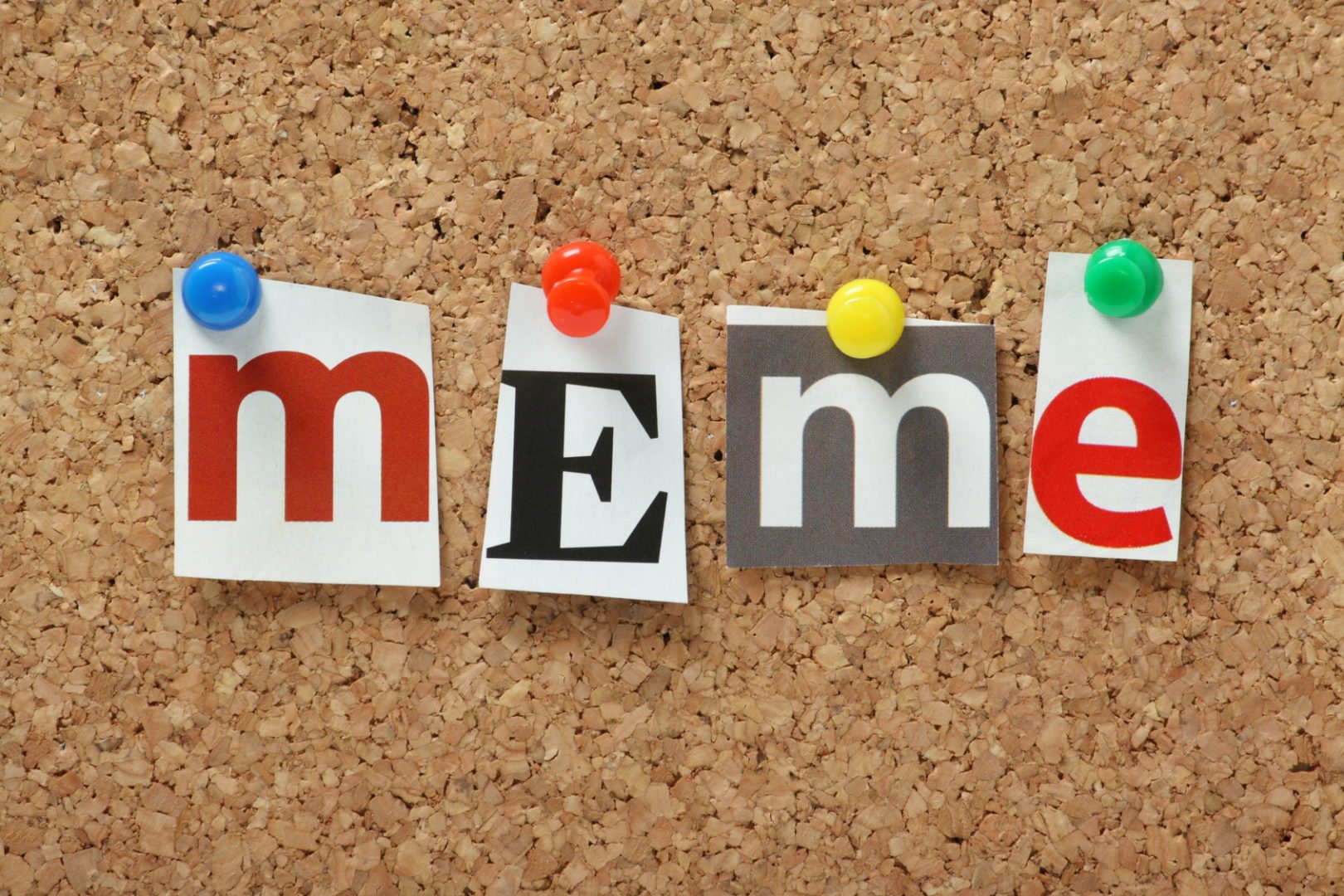When you’re a business owner, or you’re an individual who’s thinking of creating an app, it can be tough to know where to start. You may have some general concepts in your mind, but how do you tell other people what your vision is?’
Or, maybe you know what you want the core functionality of the app to be, but you don’t have anything beyond that, like what you want to look or feel to be.
Regardless, a mood board can be a good starting place in the app development process. A mood board might sound a little artsy for some businesses, but it’s a really good way to make vague concepts and ideas more cohesive.
The following are some tips to help you get started with an app development mood board.
What Should You Use a Mood Board For?
First, developers who recommend the use of a mood board do clarify that it’s not a way to replace prototyping. Instead, it should be used as a complement to traditional prototype development. For example, it can be the first stage of creating a prototype.
Mood boards can also be useful for overall brainstorming, or to bring a sense of cohesion and clarity to the concepts that are going to be used.
If you have an abstract idea in your mind, it can be tough to convey this to other people, so mood boards can be helpful there as well.
A mood board is a good way to help save money on the prototyping process as well, and it can save time in the overall development process because it can ensure everyone is on the same page.
How Should You Present a Mood Board?
When we think about a traditional mood board, we often think about a physical board. However, a digital mood board can be good for app development.
With an app, you don’t necessarily need the textural elements you would if you were let’s say using a mood board for an interior design project.
With a digital mood board, it’s easier to share, and you can show investors, developers, and all key stakeholders easily.
Carefully Curate
When you first start a mood board, you’re going to be doing a ton of research and brainstorming. It can be a challenge to limit what you want to include, but you will need to curate your inspiration.
Once you feel like you’re at a point to curate, eliminate everything that doesn’t speak to the core concept and functionality you want to get across.
While a mood board can reduce the development time for a new app project, if you don’t properly curate it, it can take longer. You don’t want conflicting or unclear concepts or images that muddy the process.
To make your development process as streamlined as possible, you want to cut out anything that could seem ambiguous or like it clashes with something else on the mood board.
Finally, you can always follow a set format for your mood board. There are excellent tools online that give you a defined framework from which to work.



